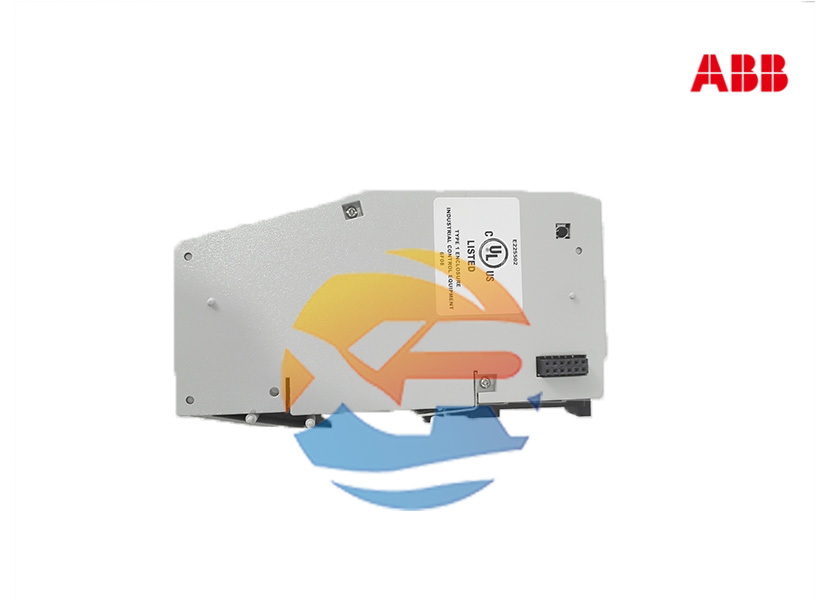Specifying the ABB RIO600 MOD600ASCM8H remote controller is the first step. The success of a project hinges on its correct integration into the broader MOD600/MOD600AS Distributed Control System (DCS). This guide provides a practical, step-by-step overview for system engineers and technicians, covering the key considerations for hardware setup, network configuration, and software programming of the RIO600 module.
Before ordering components, a clear system design is essential.
Determine what logic will be executed on the RIO600 controller versus the central controller. As a rule, time-critical and safety-related loops should be assigned to the RIO600 to ensure independence.
Create a detailed list of all field devices (sensors, actuators) that will be connected to the remote node. This will determine the number and types of S800 I/O modules needed in the remote chassis alongside the RIO600 ASCM8H.
Plan the network topology. Will it be a star, ring, or redundant ring? Determine the IP addressing scheme for all nodes, including the RIO600 controllers. For critical applications, a redundant network infrastructure is mandatory.
Purchase the RIO600 MOD600ASCM8H and compatible S800 I/O modules from authorized ABB distributors to ensure authenticity and technical support.
The RIO600 ASCM8H module slots into a dedicated S800 station baseplate. You will need:
The RIO600 module will need an IP address, subnet mask, and gateway. This is often set using the engineering software (like ABB's Automation Builder) or via other means specified in the hardware manual.
Connect the module to the plant control network using the appropriate Ethernet ports. For redundancy, connect both network cables to separate switches.
The engineering software is where the system comes to life. ABB's primary tool for this is Automation Builder.
In Automation Builder, create a new project representing your entire MOD600AS system.
Add the hardware configuration to your project. This involves:
This is the core engineering task. Write the application program that will run on the RIO600 controller. Automation Builder supports standard IEC 61131-3 languages:
Assign the program sections to the RIO600 controller as the execution target.
Configure which data points (e.g., a pump status, a temperature value) need to be exchanged between the RIO600 and the central controller. This creates the data pipeline for supervision and coordination.
Integrating the ABB RIO600 MOD600ASCM8H is a systematic process that bridges hardware assembly with software engineering. By carefully planning the system architecture, correctly configuring the hardware and network, and rigorously testing the control logic, system engineers can fully leverage the power of distributed control, resulting in a highly resilient and efficient automation solution.